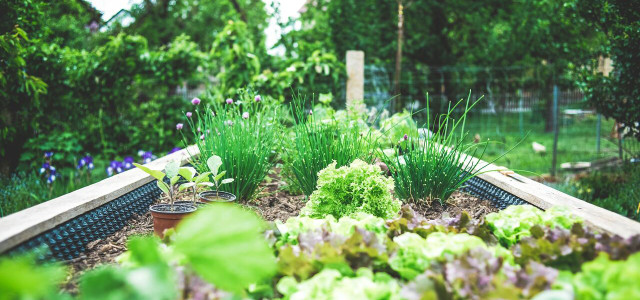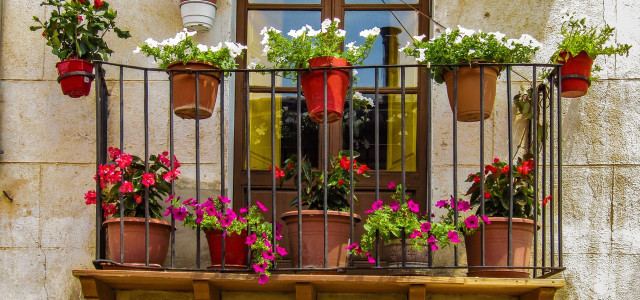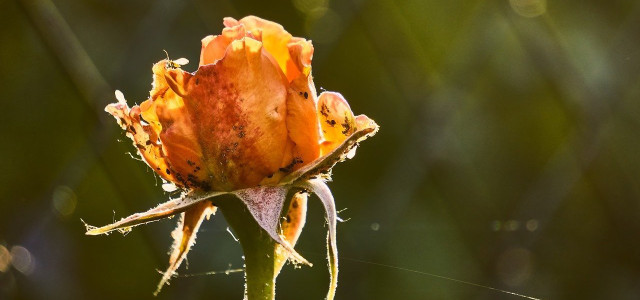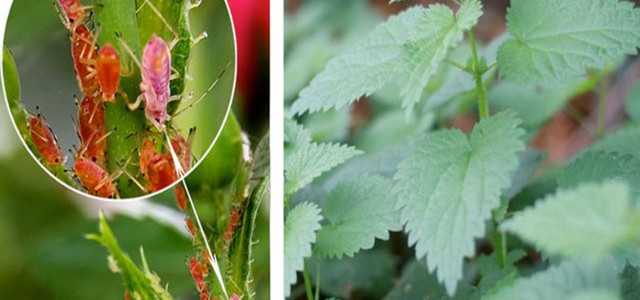Wondering how to start a garden? Learn how with our easy step-by-step guide. Let's dig in and discover the joys of nurturing a flourishing garden.
Embarking on the journey of gardening can be both fulfilling and rewarding. Whether you have a sprawling backyard or a cozy urban garden, cultivating your own garden is an opportunity to connect with nature and witness the wonders of growth. In this guide, we will walk you through the step-by-step process of starting a garden, from planning and soil preparation to selecting plants, caring for them, and reaping the harvest.
1. Planning Your Garden
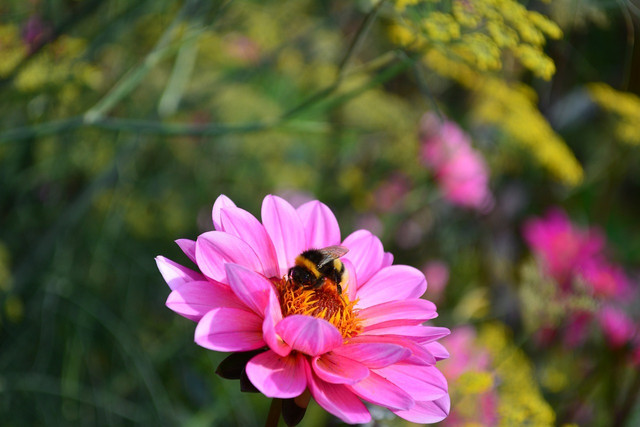
(Foto: CC0 / Pixabay / estefaniafguzman)
Before you put a shovel to soil, it’s important to consider a few key aspects that will shape your garden’s success.
Garden Location
Choose an area that receives plenty of sunlight without too much shade from trees or buildings. Look for a place with soil that is not too rocky or sandy. It should be loose and crumbly, and not too wet or dry. If the soil in your chosen spot is not ideal, you can improve it later. Ensure easy access to a water source for irrigation purposes. Finally, make sure your garden is easy for you to reach. This will make it more convenient for you to take care of your plants and enjoy your garden
Garden Design
Consider the size and shape of your garden space. You might want to focus on a simple design with a few plants and perhaps a pathway. You can create different sections or themes within your garden for larger spaces. Think about what you like and what kind of garden you want. It’s important to select a design that makes you happy and suits your personal taste.
Explore different style options such as raised beds, container gardening, or traditional in-ground planting. We recommend looking at some permaculture designs which are important for growing an eco-friendly garden. Grab a piece of paper and draw a rough sketch of your garden. You can mark where you want different plants to go, any pathways or seating areas, and other features you might like, such as a bird bath or a small pond. This will help you visualize your design and make any adjustments before you start planting.
2. Preparing the Soil
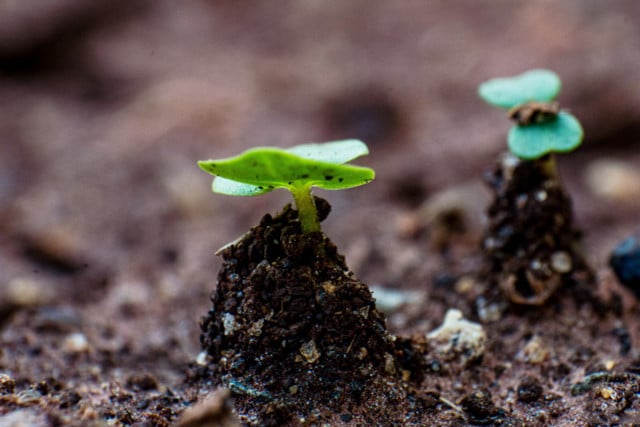


(Foto: CC0 / Pixabay / imsogabriel)
The foundation of a thriving garden lies in the quality of the soil. Use the following steps to prepare your soil for optimal plant growth.
Soil Testing
Take a small trowel or shovel and collect soil samples from different areas of your garden. Remove any stones, debris, or plant materials from the soil samples. Break up clumps of soil and crumble it into a clean container. Observe the color, texture, and any visible characteristics. Healthy soil is usually dark brown or black, crumbly, and not too wet or dry. If the soil looks sandy, clayey, or has a lot of rocks, it may need some improvements.
Test the pH of the soil. Soil pH is a measure of how acidic or alkaline the soil is. You can purchase a soil pH testing kit from a garden center or use a pH meter. Follow the instructions provided with the kit to test the pH of your soil samples. Most plants prefer a slightly acidic to neutral pH range of 6.0 to 7.0, but there are exceptions.
Soil Improvement
Enhance your soil’s health by incorporating organic matter like compost, well-rotted manure, composted leaves, or easy-to-make biochar which will give your garden the nutrients it needs to thrive. If you’re growing vegetables, practice crop rotation by changing the location of your crops each year. This helps prevent the build-up of pests and diseases and balances nutrient uptake in the soil. You can also easily add nitrogen to the soil and amend clay soil naturally.
Soil Preparation
Loosen the soil by tilling or digging, breaking up any clumps and removing weeds. This creates a welcoming environment for plant roots to spread and establish themselves. Rake the soil to level it out. This creates a smooth surface for planting and helps with water distribution. Remove any large clumps or stones you come across while raking.
3. Selecting Plants
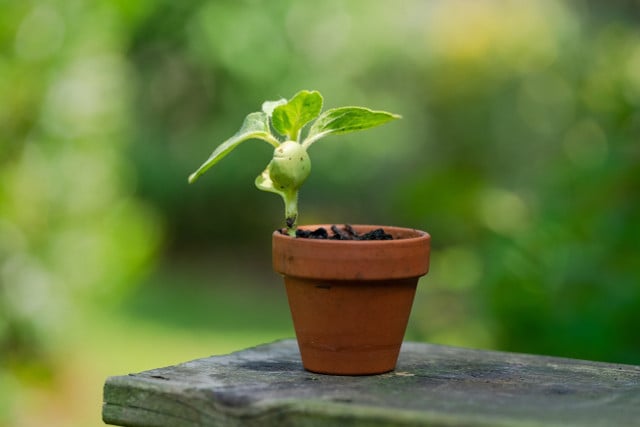


(Foto: CC0 / Pixabay / Ylanite)
Choosing the right plants for your garden is crucial. Consider the following factors:
Climate Compatibility
The first step is to determine your hardiness zone, or geographical region classified based on average minimum winter temperatures. The United States has a USDA Hardiness Zone Map that divides the country into different zones. Knowing your zone helps you identify the plants that are more likely to survive in your area.
Research the plants you are interested in growing and find out their preferred conditions. Understanding these requirements will help you select plants that are well-suited to your climate. Consider incorporating native gardening practices and plants into your space as they typically require less maintenance and are beneficial for local ecosystems.
Visit local garden centers or nurseries in your area and consult experts. They can provide valuable advice on plant selection based on your specific climate and local conditions. Take note of the environmental conditions in your garden as this will help you better understand the microclimate of your garden and choose plants that can tolerate those conditions.
Space Considerations
Determine the available space in your garden and select plants that fit accordingly. Consider factors such as the available ground space, vertical space and any potential obstructions like trees, fences, or structures. Pay attention to the mature size and growth habits of the plants you are considering. Consider the potential spread and height of the plants to ensure they won’t overcrowd or shade out other plants.
If you have limited ground space, consider plants that can grow vertically, such as climbing vines, trellised plants, or container gardens. This allows you to maximize your space and add greenery and beauty to walls, fences, or even hanging baskets.
If you have very limited space or no available ground area, container gardening is a great option. Containers come in various sizes and shapes, allowing you to create a beautiful garden even in small spaces like balconies or patios.
Pay attention to the spacing requirements of the plants you select. Follow the recommended spacing guidelines provided for each plant to ensure they have enough room to develop properly. Look for plants that offer multiple benefits in a limited space. For example, you can choose edible plants like herbs or dwarf fruit trees that not only provide food but also add beauty to your garden.
Personal Preferences
Finally, reflect on your gardening goals and the type of plants that resonate with you. Do you envision a colorful flower garden, a bountiful vegetable patch, or a mixture of both? Growing produce is a very rewarding experience, but it can also be tricky and time-consuming. We suggest starting with vegetables that are easy to grow if you’re a total beginner.
4. Planting and Care
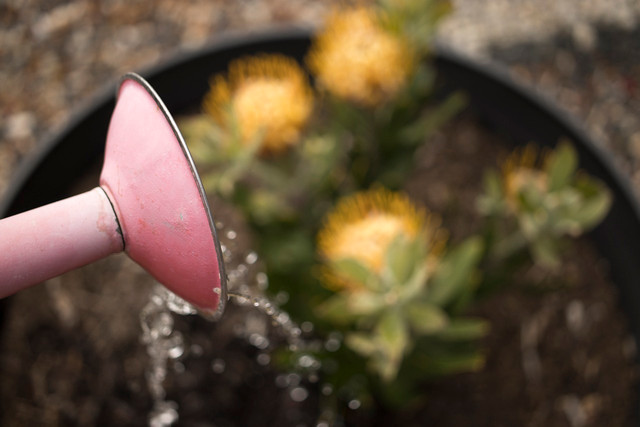


(Foto: CC0 / Pixabay / DaModernDaVinci)
Now comes the exciting part—planting your chosen green companions. Follow these steps for successful planting and ongoing care:
Planting Seeds or Transplanting Seedlings
Take a look at our step-by-step guide to starting seeds in egg cartons and transplanting them to the garden. Carefully follow the instructions on seed packets or nursery labels for proper planting depths and spacing. When transplanting seedlings, handle them gently, ensuring their roots are adequately covered with soil.
Watering
After planting, water your garden thoroughly. Monitor the soil moisture regularly and water as needed, keeping in mind that different plants have varying water requirements. Seedlings need to be watered often and have moist soil, however, avoid overwatering your seedlings, as it can lead to root rot.
Providing Support
Some plants, like tomatoes in pots, require structures such as trellises, stakes, or cages. Install these structures early on or plant accordingly to avoid damaging plants later on.
Weeding and Mulching
Regularly weed your garden to minimize competition for nutrients and water. Dandelions are the most common type of weed and are typically seen as invasive: learn how to get rid of dandelions the eco-friendly way.
In vegetable gardens, apply a layer of organic mulch, like straw or wood chips, to conserve moisture, suppress weeds, and regulate soil temperature.
Organic Pest Control and Fertilization
Embrace natural pest control methods, such as companion planting or natural repellents, to protect your garden from unwanted visitors.
Use organic fertilizers to nourish your plants, following recommended application rates and schedules. Here are some of our favorite fertilizers for popular garden plants:
- The Absolute Best Fertilizers for Tomatoes (Organic & Synthetic)
- Eggshells as Fertilizer for Garden Plants and Seed Starter
- The Best Fertilizer for Grass and When to Use It
5. Garden Maintenance
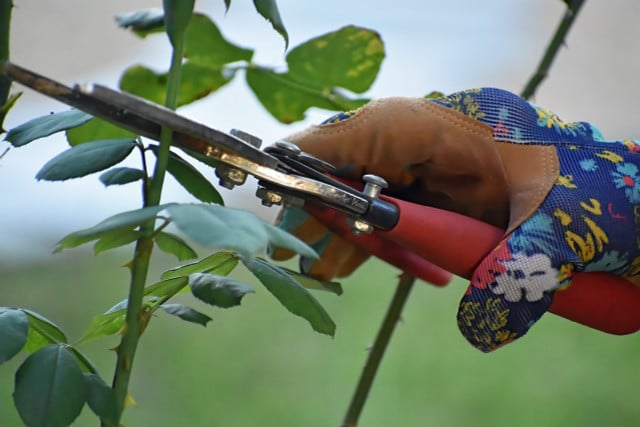


(Foto: CC0 / Pixabay / Ray_Shrewsberry)
To ensure your garden thrives throughout the growing season, stay attentive to its needs.
Pruning and Deadheading
Trim away dead or damaged foliage, and deadhead flowers to promote continuous blooming. Learn how to prune fruit trees for maximum yield, and to trim shrubs to maintain their shape and encourage healthy growth.
Staking and Supporting
As your plants grow, provide support to prevent bending or breakage. Secure tall plants with stakes or trellises, and use ties or twine to guide their growth.
Monitoring and Troubleshooting
Regularly inspect your plants for signs of pests, diseases, or nutrient deficiencies. Promptly address any issues to prevent them from spreading and negatively impacting your garden.
6. Harvesting and Enjoying



(Foto: CC0 / Pixabay / matthiasboeckel)
The culmination of your gardening efforts is the harvest. Here’s how to enjoy the fruits of your labor:
Harvesting Time
Harvest crops when they reach maturity. Each plant has its indications of readiness, such as color, size, or firmness. Refer to some of our specific plant guides for precise harvesting instructions.
Preserving and Storing
If you have an abundance of harvested produce, explore preservation methods like canning, freezing, or drying. Take a look at our guides on how to store harvested fruits and vegetables to prolong their freshness.
Read more:
- 11 Flowers for Bees: Turn Your Garden or Balcony Into a Bee Paradise
- Can You Beat the 30 Plants a Week Challenge?
- Why is My Plant Soil Moldy and How Do I Fix It?
Do you like this post?







